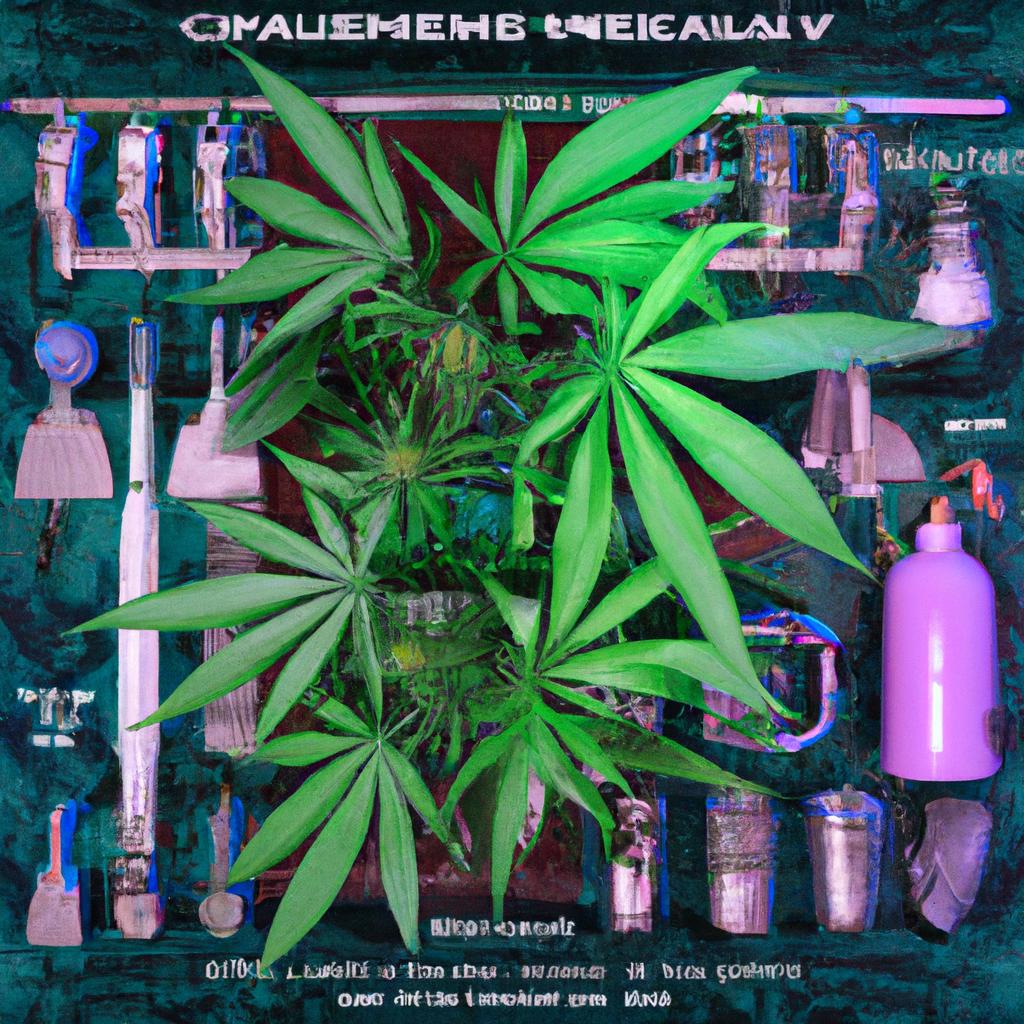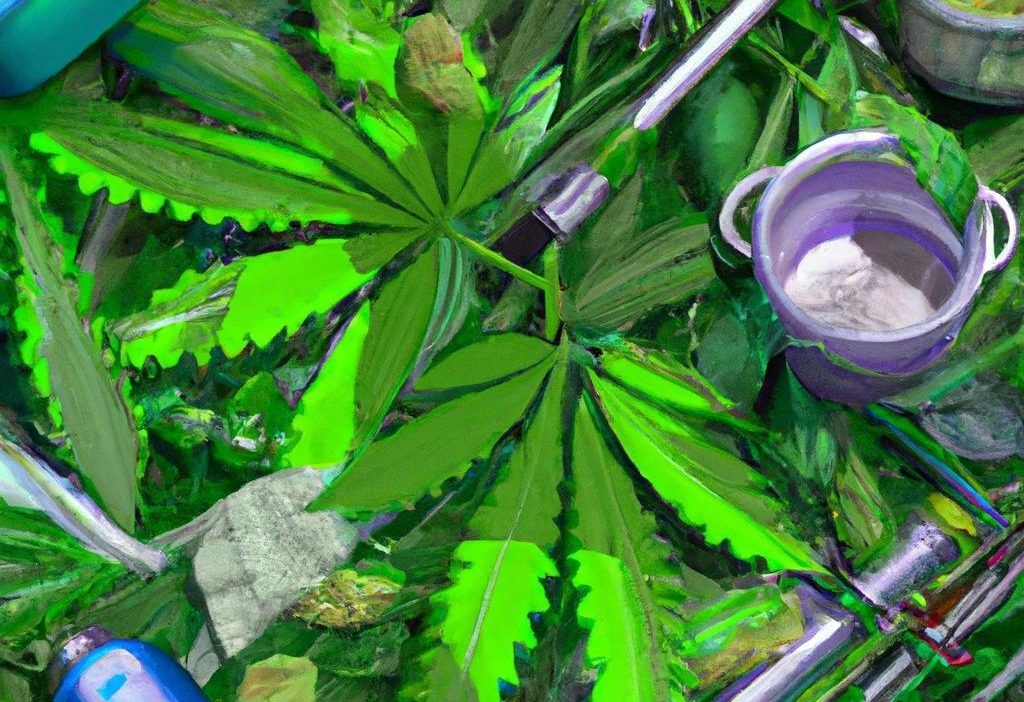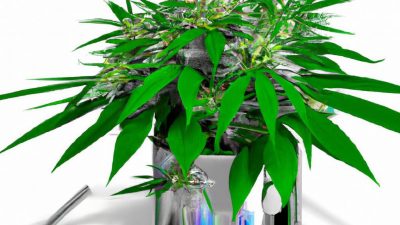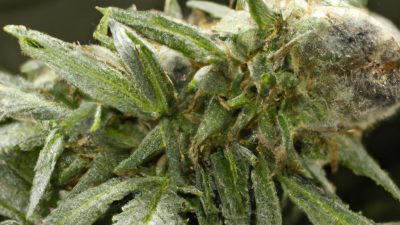
Daily vs Weekly Equipment Cleaning Schedules in Cannabis Processing
The cannabis industry is booming,and with it comes the need for maintaining superior hygiene standards throughout every phase of cannabis production. One critical area that directly impacts product quality, safety, and regulatory compliance is the cleaning and maintenance of cannabis processing equipment. Whether you operate a cannabis extraction facility, a trimming room, or a drying warehouse, the question emerges: should you implement daily or weekly equipment cleaning schedules? This article delves into the nuances of these cleaning regimes and how they align with best practices in cannabis post-processing and equipment maintenance.
Understanding the Importance of Cleaning Schedules in Cannabis Operations
Maintaining clean and well-functioning equipment in cannabis operations is not just about aesthetics-it plays a pivotal role in:
- Product safety and purity: Prevents contamination from microbial growth, dust, and residual oils.
- Compliance: Meets stringent state and federal regulations regarding sanitation.
- Equipment longevity: Reduces wear and tear, preventing costly downtime.
- Consistency: Improves batch-to-batch uniformity and quality of cannabis products.
Daily Cleaning Schedule: What It Entails and Benefits
Daily cleaning involves the routine sanitation of equipment that comes into direct contact with the cannabis plant, extracts, or concentrates. This generally includes trimming machines, extraction chambers, glassware, milling equipment, and conveyors.
Key Components of a Daily Cleaning Routine:
- Wiping down surfaces to remove resin, dust, and plant debris.
- Sanitizing contact surfaces with food-grade or EPA-approved disinfectants.
- Checking and clearing strainers, filters, and hoses to prevent clogging.
- Visual inspection for residue buildup or microbial contamination.
benefits of Daily Cleaning in Cannabis Facilities:
- Ensures product integrity: Minimizes chances of mold, mildew, or bacterial growth on equipment affecting product quality.
- Regulatory assurance: Meets Good Manufacturing Practice (GMP) and Hazard Analysis critical Control Point (HACCP) requirements.
- Operational efficiency: Reduces equipment failure caused by buildup or obstruction.
- Worker safety: Eliminates stickiness and residue that can cause slips or mechanical hazards.
Weekly Cleaning Schedule: Scope and Advantages
While daily cleaning addresses immediate contamination risks,weekly cleaning focuses on deeper sanitation and equipment maintenance.Weekly procedures are typically more extensive and involve disassembling parts of equipment to clean hard-to-reach areas.
Typical weekly Cleaning Tasks Include:
- Complete disassembly of extraction units, decarboxylators, and drying racks.
- Soaking and scrubbing of removable parts to remove hardened resin and oil deposits.
- Sanitization of ventilation and filtration systems.
- Inspection and lubrication of mechanical components.
- Calibration checks and function tests following cleaning.
Advantages of a Weekly Cleaning Schedule:
- Extended equipment lifespan: Regular maintenance prevents corrosion,wear,and mechanical faults.
- Improved air quality: Cleaning vents and filters reduces particulate contamination in indoor grow or processing areas.
- Comprehensive contamination control: Gets rid of biofilms and residue spots unnoticed in daily cleans.
- Regulatory readiness: Shows auditors proactive commitment to sanitation beyond basic compliance.
Comparing Daily vs Weekly Cannabis Equipment Cleaning
Knowing when and how to clean your equipment is integral to a prosperous cannabis operation. Below is a table summarizing the primary focus, pros, and cons of daily and weekly equipment cleaning schedules:
| Cleaning Schedule | Focus | Pros | Cons |
|---|---|---|---|
| Daily Cleaning | Surface sanitation, residue removal, contamination prevention |
|
|
| Weekly Cleaning | Deep cleaning, disassembly, mechanical maintenance |
|
|
Integrating Both Cleaning Schedules for Optimal Cannabis Equipment Hygiene
The best practice in cannabis post-processing equipment care is implementing both daily and weekly cleaning regimens tailored to your facility’s specific needs. here’s how to harmonize them effectively:
- Daily cleans: Assign operators to routinely clean and sanitize all contact surfaces after shifts or batches.
- Weekly cleans: Schedule dedicated maintenance time for deep cleaning and inspection during low production periods.
- Documentation: Maintain detailed cleaning logs to ensure accountability and traceability for regulatory compliance.
- Training: Educate the team on the importance and methods of both cleaning schedules with practical demonstrations.
Practical Tips for Cannabis Facility Equipment Cleaning
- Use cannabis-safe cleaning agents: Choose solvents and disinfectants that will not leave harmful residues or degrade product quality.
- Develop a Standard Operating Procedure (SOP): Clearly outline cleaning steps, frequency, and responsible personnel.
- Inspect after cleaning: Use UV light or magnification to detect residual oils or contaminants missed during cleaning.
- Consider equipment design: Opt for modular or easy-to-clean equipment to reduce cleaning time.
- Invest in automation: Automated CIP (Clean-In-Place) systems can enhance cleaning consistency and reduce labor.
Conclusion
In the fast-evolving cannabis industry, maintaining impeccable cleanliness of processing equipment is non-negotiable. While daily cleaning safeguards immediate product integrity and prevents microbial contamination, weekly cleaning ensures deeper sanitation and equipment maintenance that prolongs lifecycle and operational efficiency. Together, these schedules form a comprehensive cleaning strategy that upholds product quality, regulatory compliance, and workplace safety.Implementing a balanced daily vs weekly cleaning routine is fundamental for any cannabis operator aiming for excellence in post-processing standards.
As the cannabis sector continues to mature, investing time and resources into effective equipment cleaning protocols is a smart move that benefits not just product outcomes but also your brand reputation and customer trust.





